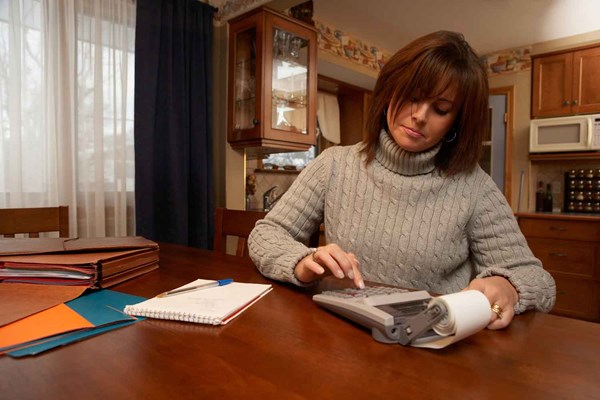When you’re the sole owner/operator of a commercial stable that means you’re the only one responsible for feeding the horses, cleaning stalls and meeting client expectations.
 Credit: Thinkstock When you are the only person running your equine business, you need to know what happens if you are injured or cannot complete your tasks.
Credit: Thinkstock When you are the only person running your equine business, you need to know what happens if you are injured or cannot complete your tasks.While these activities are critical to the success of the business, it’s equally important to set aside time for planning for the future. Planning for the future often begins with a business plan. “When you’re taking the time to plan on a weekly, monthly our yearly basis, you’re actually beginning a contingency plan,” said Laura Napoleone, owner Hudson Derby Stables and Lead Change Solutions an equine consulting agency in Massachusetts.
A contingency plan considers the “what-if” in life. What-if you are unable to do all the chores you do every day?
The Purdue University Extension publication EC-736 , authored by Maria I. Marshall and Corinne Alexander, explains that, “You can assess the impact of an event on a business in three ways: operating impact, financial impact and legal impact.” Often, these three impacts are interrelated.
At the most basic level, the operating impact is a loss of efficiency. So it might mean that if you break your wrist, you might only be able to clean two stalls in an hour versus four stalls in an hour. When you’re the only person cleaning stalls, that could mean you can’t complete the task before its feeding time.
When an unplanned “event” has a financial impact, that means you experience a loss of income. So, if you provide training board and you break a leg, you can’t ride the horses in training board anymore. Without a backup plan, clients might leave, decreasing the facility’s income.
The legal impact means that you cannot fulfill a contract. That could mean you cannot provide the care outlined in a boarding contract, the training in a training contract or the payment of a lease on a facility that you don’t own.
Start by writing a list of priorities that must occur on a daily, weekly or monthly basis to keep the business running. Then outline a back-up plan (including people) that can fulfill those tasks in the event you cannot. Communicate with the individuals included in the plan and discuss the responsibilities and expectations by both parties.
Once you have a contingency plan, revisit it and revise it periodically to fit the changing needs of your business.


